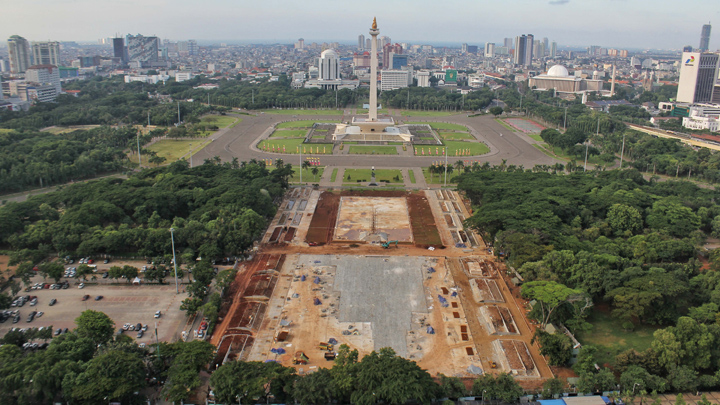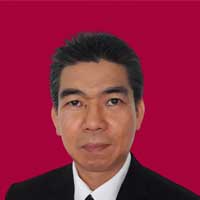Slow Growing Green Open Space
Monday, February 24, 2020
arsip tempo : 171416188778.

BEHIND the fence, workers in the National Monument (Monas) revitalization project were busy checking the hardness of the concrete covering the grounds at the southern side of Medan Merdeka Park, on Thursday, February 20. The concrete-covered court, wider than two soccer fields combined, is to serve as a plaza for ceremonies and a water pool in the future. Three months ago it was the largest city park in Jakarta, where grass, bushes, and shrubs gr
...
Subscribe to continue reading.
We craft news with stories.
 For the benefits of subscribing to Digital Tempo, See More
For the benefits of subscribing to Digital Tempo, See More








